The glossy sign at the entrance to the National Museum of Australia states "where our stories come alive".
And that they are - one of our city's much-loved cultural institutions is jam-packed with extraordinary yarns from every corner of the nation.
However, ironically, one of the stories which doesn't get much, if any, exhibit space is that of the very site the museum stands on.
"It's our Sydney Cove," attests Trevor Lipscombe, who is leading a walk next week that will shine the spotlight on this area's changing history since John Moore's men built a small bark hut, the humble beginnings of Canberry Station, here in the summer of 1824-25.
Not only was the area, known as Lower Acton Peninsula since the creation of Lake Burley Griffin in the early 1960s, home to Canberra's first dwelling, but also after Canberra landed the gig as national capital, it was the place of the first government offices, courthouse, police station and much more.
Not that you'd know today. Sure, there are a handful of ageing heritage signs scattered around the peninsula, but some state incorrect information and others are plonked in the wrong location.
So, it was with little surprise that earlier this week when I joined Trevor, who is part of Canberra Region Heritage Researchers, a think tank of passionate historians who draw on modern geolocating skills to bring alive stories of the past, for a stroll around the peninsula, he resorted to historic photos and maps to identify the locations where all those "first" buildings in Canberra, including that first dwelling, stood. He had no other choice.
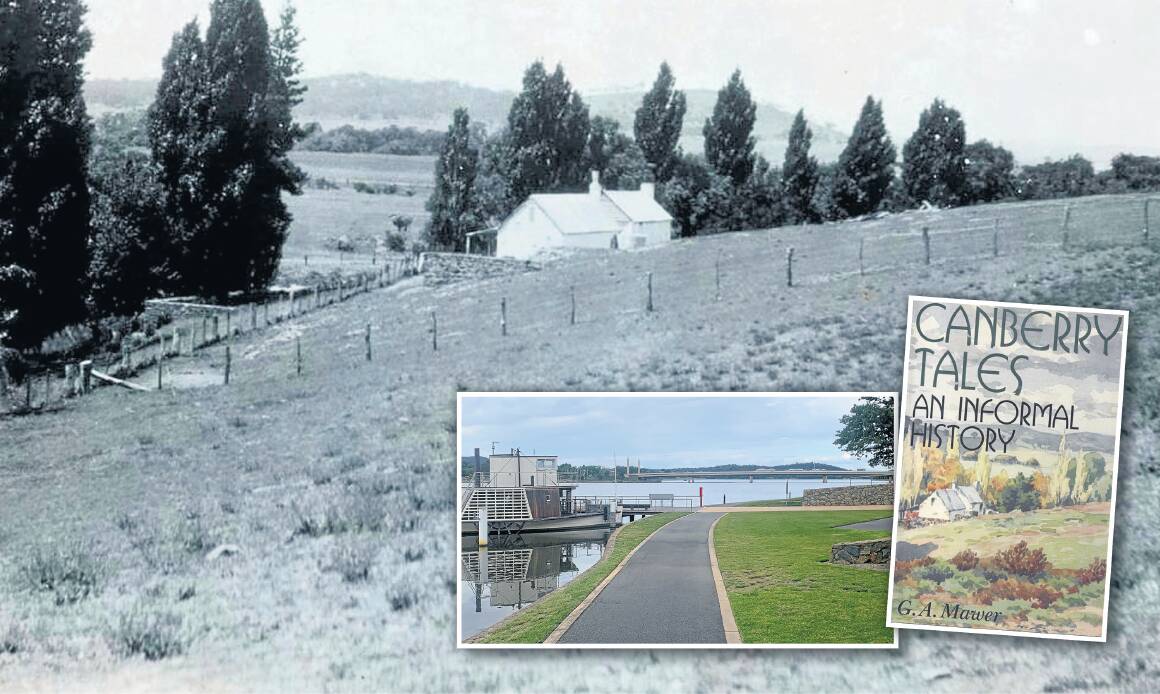
"Look, just to the east of the mooring of the PS Enterprise, was the location of Moore's bark hut," he revealed, handing me a map with a maze of historic layers, and pointing to an area of murky water a few metres off the shoreline.
"Over time the workers on Canberry Station would have replaced the bark hut[s] with a more substantial slab hut," explains Trevor.
In his authoritative account of Acton Peninsula, Canberry Tales: An Informal history (Arcadia, 2012), G. A Mawer reports that in 1838, during the construction of quarters for the area's first Police Magistrate in Queanbeyan it's believed that one these bark huts was converted into a slab hut and used as a holding cell.
The temporary lock-up can't have been very secure for according to Mawer: "half of those committed between June and December 1839 escaped." Heck.
It must have also been crowded, for during a visit to Canberry Station in the same year, the Reverend Edward Smith counted 14 prisoners, which, according to Mawer, would have made Canberry's emergent population as large as Queanbeyan's at the time."
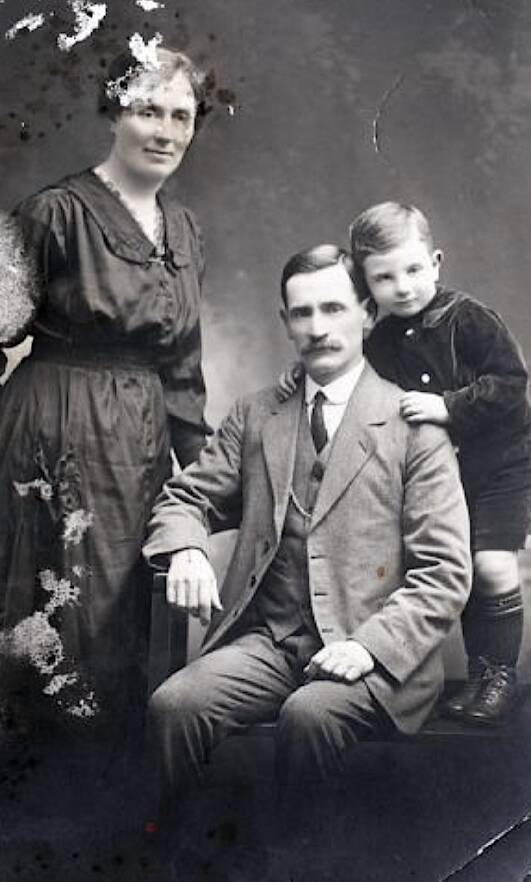
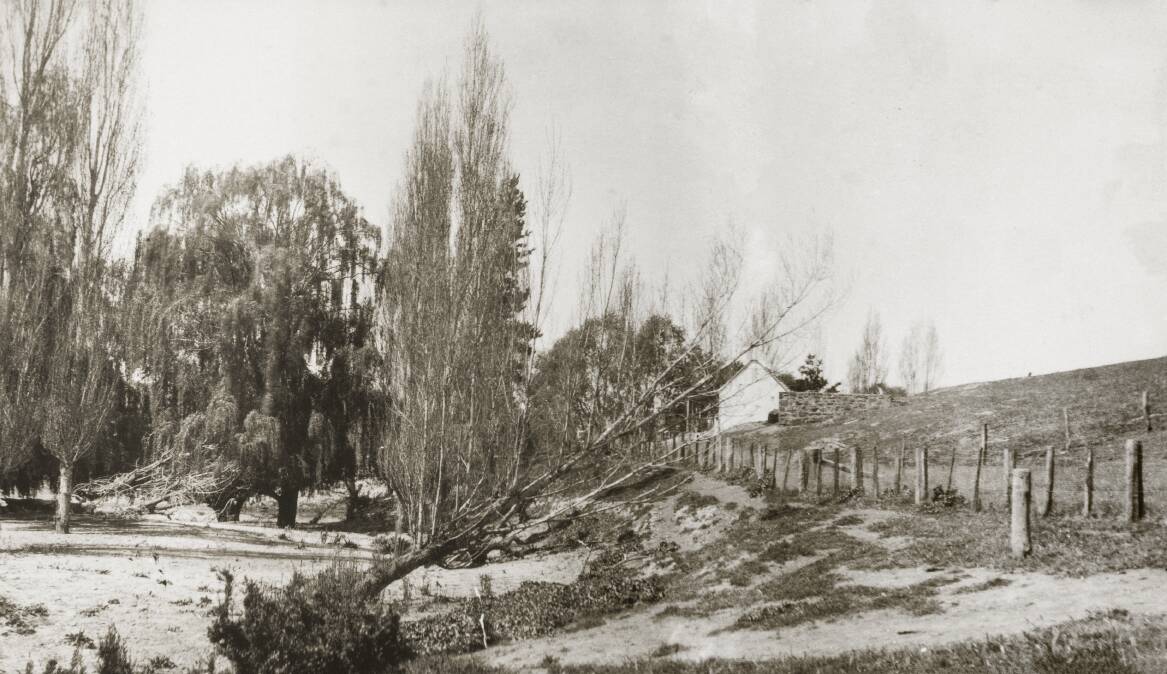
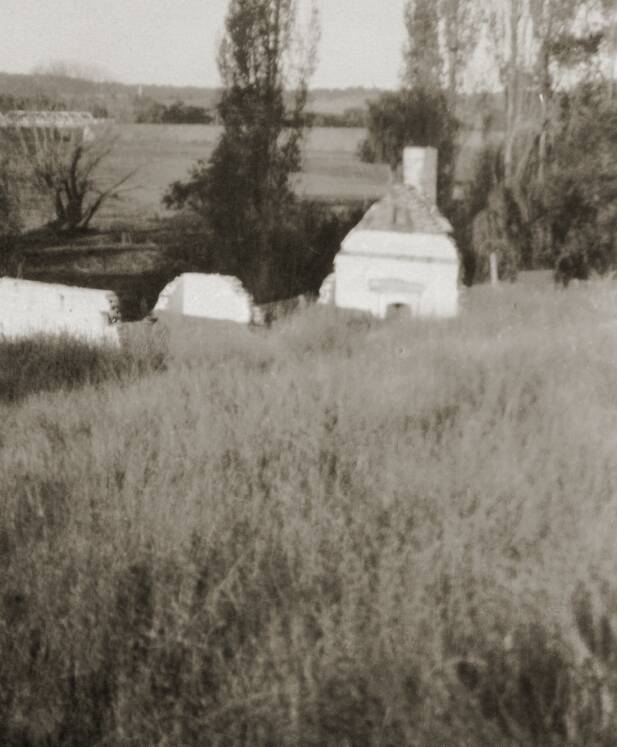
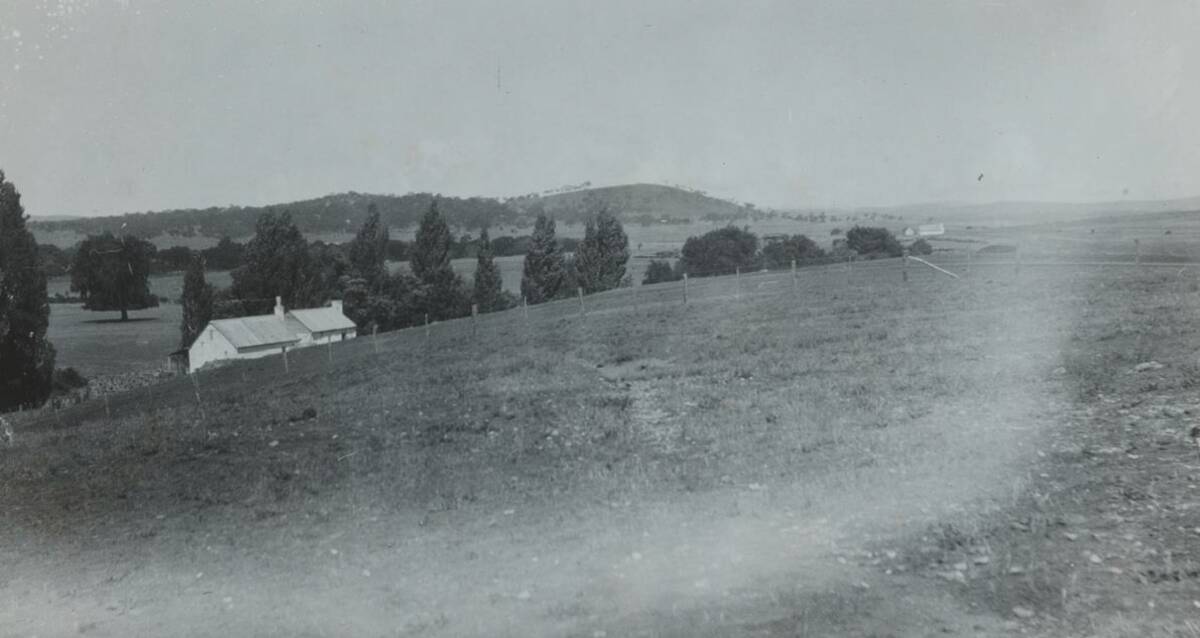
During the mid-1800s, the slab huts were extended to serve as various farm buildings, including into the late 1800s as a fellmongery, but the site is perhaps best known as Ryan's Cottage, after station labourer-cum-Department of Lands worker Ned Ryan and his family who called the cottage perched on the edge of the Molonglo River home in the early-1900s.
According to Mawer, "it would have been around 1879/80 that the brick building which Ryans later moved into was built," adding "they used the former slab hut on the site as their kitchen".
Born in Canberra, Ned was savvy about the bush and there are many colourful stories about his life, including my favourite, when, as a boy young Ned helped transport a load of wool to Circular Quay.
Once in Sydney, Ned was asked to boil the billy while the other men went off to collect some tucker. An hour or so later the men returned, looking forward to their hot tea.
However, according to Ged Martin in Episodes of Old Canberra (ANU Press, 1978) when the head teamster took a mouthful, he immediately "spat it out, swore violently and demanded to know where Ned had drawn his water".
Unfortunately, no one had told the poor Ned that "the blue-water of the harbour was full of salt". Oh dear.
While the young family no doubt enjoyed living in one of Acton's more substantial cottages, life on the land was tough and they endured several floods, including one in 1916 which lapped their back fence.
But nothing prepared them for the night just three days prior to Christmas 1919 when Keith, their five-year-old son was fatally bitten by a large tiger snake while sleeping in his bed.
With the Ryans having previously lost a daughter soon after birth, the couple found it too traumatic to continue to live in the cottage and accepted an offer to move to a nearby hut.
Soon after, their brick home was condemned and unroofed, and by 1940 only the foundations remained.
Thankfully, several photos of the historic cottage have survived. Also, squirrelled away in the National Library of Australia is a fetching watercolour painted in 1913 by H.M. Rolland, an architect who moved to Canberra in 1912 and helped plan many of the growing capital's early buildings. The watercolour fittingly adorns the cover of Mawer's Canberry Tales.
According to Mawer, "in an address to the Canberra and District Historical Society in 1957, Rolland referred to the lost cottage as 'a small, white-washed cottage, a portion of which was presumed to be one of the first huts built for Moore's men'."
"Rolland understood the significance of the building and the site and I'm pretty sure if he had still been in Canberra at the time of its demise, he would have tried to save it," reflects Mawer.
If only.
- Next week: More of our lost heritage on Acton Peninsula
It's all in a name
Canberry Station was so named after what traditional custodians called the nearby creek, since renamed Sullivans Creek. As noted by G.A Mawer in Canberry Tales: An Informal History (Arcadia, 2012), "the plain between Black Mountain and the Acton Peninsula was known to be one of several corroboree grounds in the area, an association that may account for the supposition that Canberry meant 'meeting place'."
Following the severe drought of the early 1840s Moore sold Canberry Station to Arthur Jeffreys who promptly changed the name from Canberry to Acton, after Acton Hall an estate in North Wales once owned by his ancestor the infamous Judge Jeffreys. According to legend, Judge Jeffreys, better known as 'the Hanging Judge ', sentenced hundreds of people to death by hanging during the late 1600s, attending many of the hangings in person.
Bushranging
One of Moore's first convict workers at Canberry Station was John Tennant (yes, after whom the mountain that rises above Tharwa is named). Tennant was required to complete eight years of assigned service before becoming eligible for a ticket of leave. However, he couldn't wait and within six months of working for Moore, stole from him. He was caught and sentenced to an iron gang at Emu Plains in Sydney. However, within a month he'd escaped, and returned to Canberry Station rob early settlers yet again. He was eventually re-captured and sent to Norfolk Island.
Don't miss
Acton Peninsula - Canberra's Forgotten Heritage tour - a collaboration between National Trust (ACT) and Canberra and Region Heritage Researchers. Acton Peninsula wasn't only the site of the first European building in Canberra, but from 1911 to the 1950s was also heartbeat of the new Federal Capital. This walk will draw upon documented stories and photographs to reimagine this rich heritage. Sunday 23 April. Cost: $15 per person. Part of the 2023 Canberra & Region Heritage Festival. Bookings essential via the Heritage Festival website.
WHERE IN CANBERRA
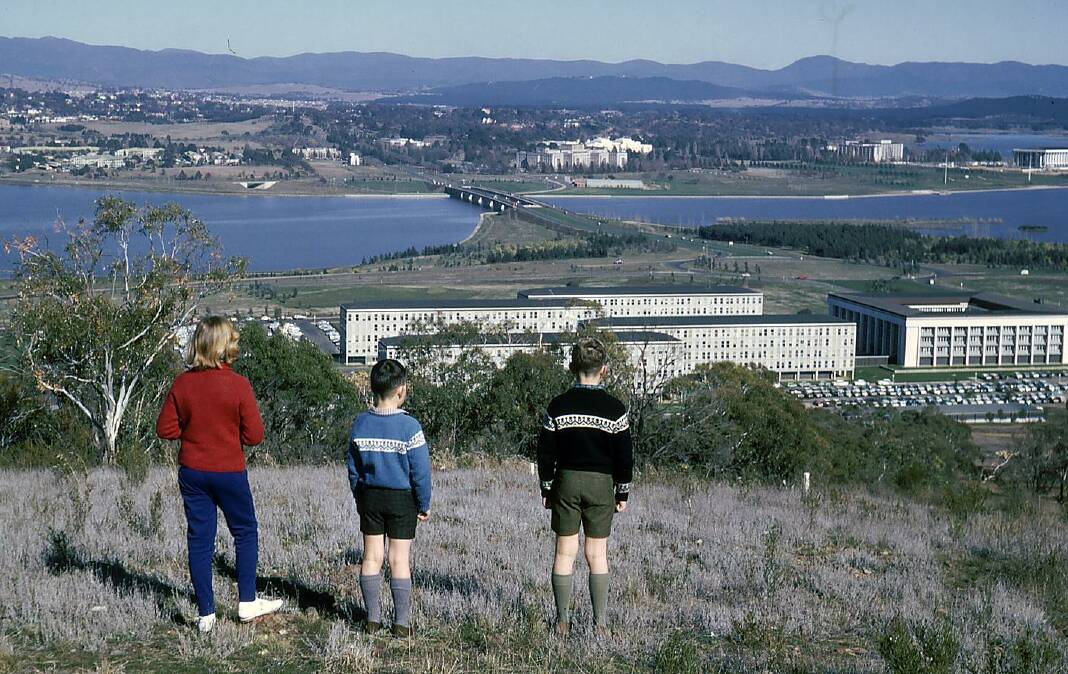
Rating: Easy - medium
Clue: Looks nice to me
How to enter: Email your guess along with your name and address to tym@iinet.net.au The first correct email sent after 10am, Saturday, April 15, wins a double pass to Dendy, the Home of Quality Cinema.
LAST WEEK
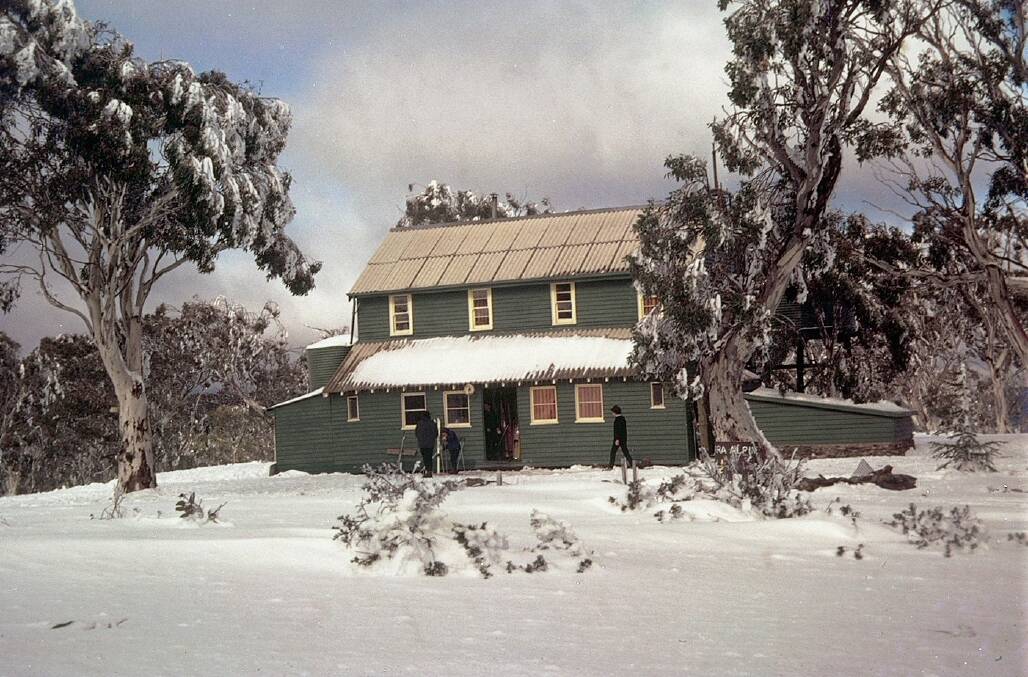
Congratulations to Jonathan Miller of Curtin who was first to identify last week's (inset) photo as the former Mt Franklin Chalet.
The iconic timber chalet was sadly razed during the 2003 bushfires which swept across much of the Brindabellas.
On Sunday, April 16 (10am to 2pm) as part of the Canberra and Region Heritage Festival, the Canberra Alpine Club are holding an open day (hear tales about the early days of skiing in the Brindabellas and check-out skis that club members made by hand) at the information shelter built adjacent to the site of the former chalet. For more information, visit the Heritage Festival website.
ANCIENT ARTEFACTS
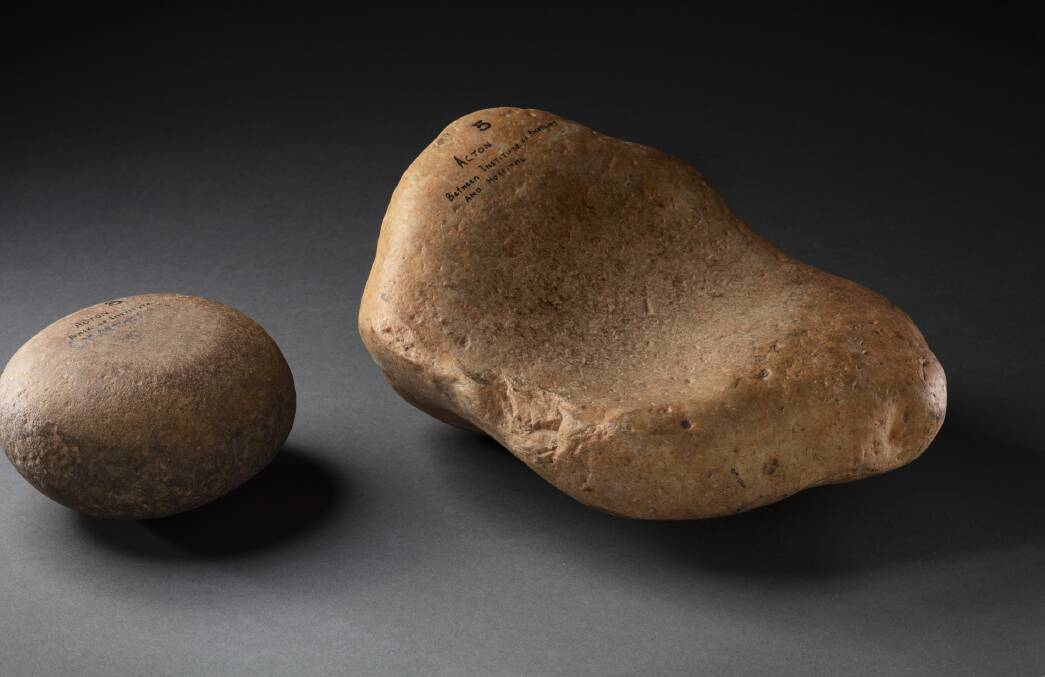
While the Heritage Festival tour of Acton Peninsula focusses on the last 200 years, for at least 25,000 years prior to Moore's men setting up camp at Canberry, traditional custodians of the area both lived in, and passed through the area.
As a permanent water source, even in drought, the large waterhole and associated chain of ponds on the bend in the Molonglo River below where Moore's men chose to construct the first building in Canberra would likely have been a rich source of food.
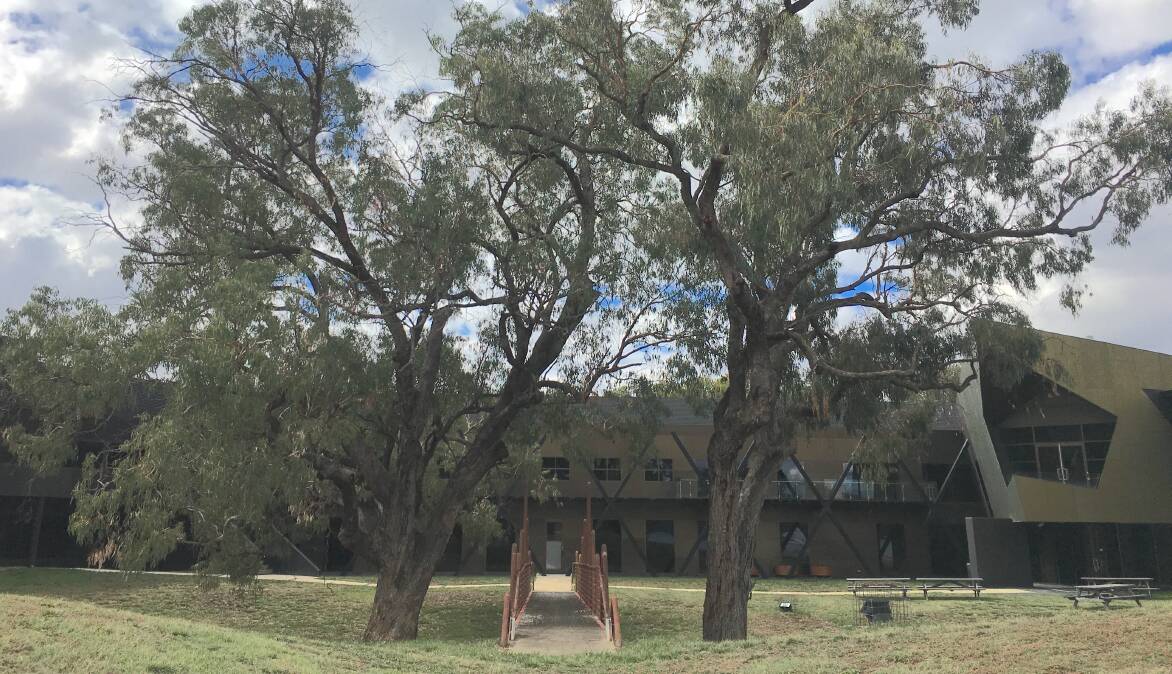
While there are several heritage trees growing in the rear courtyard of the Australian Institute of Aboriginal and Torres Strait Islander Studies (AIATSIS), no scar trees have survived on what we now call the Lower Acton Peninsula.
However, thankfully there are still a few tangible reminders of of pre-European settlement on Lower Acton Peninsula.
In 1920, HP Moss, an engineer with the Department of Works and Railways collected several stone tools from the peninsula area, including a hammerstone, an upper grinding stone and a stone axe.
These are now held the vaults of the National Museum of Australia.
Priceless reminders of our past.







